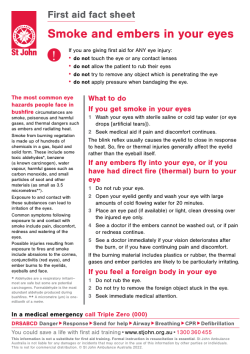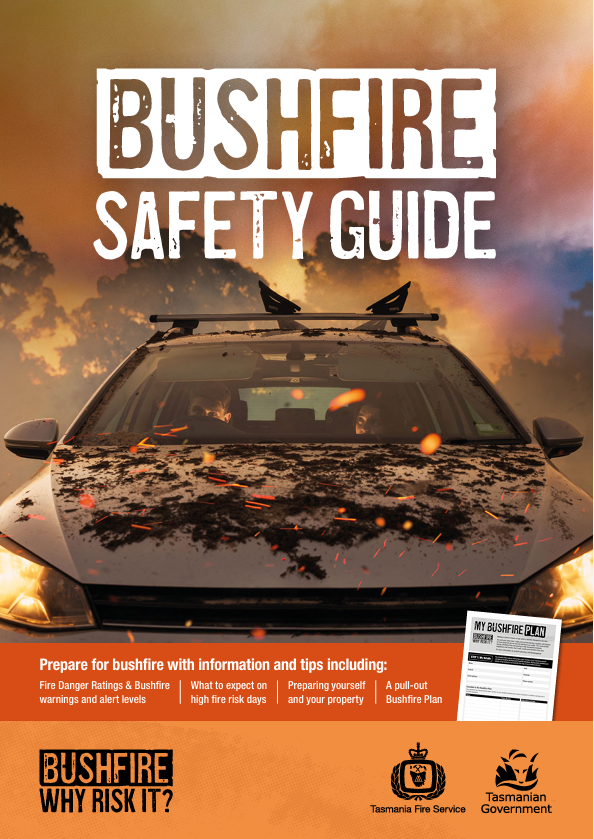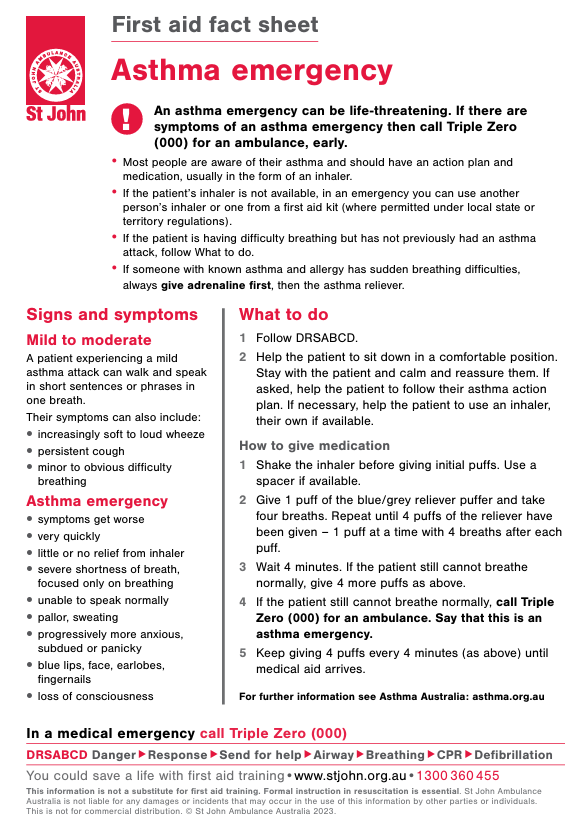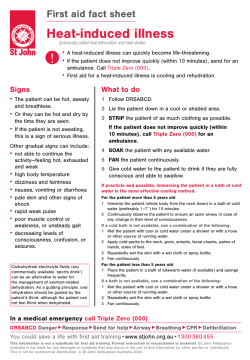Smoke or Embers in the Eyes

Bushfires pose serious eye hazards, including exposure to smoke, toxic gases, and embers. Smoke contains harmful chemicals like benzene, carbon monoxide, and fine soot particles (as small as 3.5 micrometres), which can cause eye irritation, redness, and watering. Severe exposure can lead to corneal abrasions, conjunctivitis, and ember burns to the eyes, eyelids, and face. If embers enter the eye:
- Do not rub or attempt to remove embedded particles.
- Open the eyelid gently and rinse with large amounts of cold running water for 20 minutes.
- Cover the affected eye with a clean dressing.
- Seek medical attention immediately.
Download our fact sheet to include in your first aid kit!







